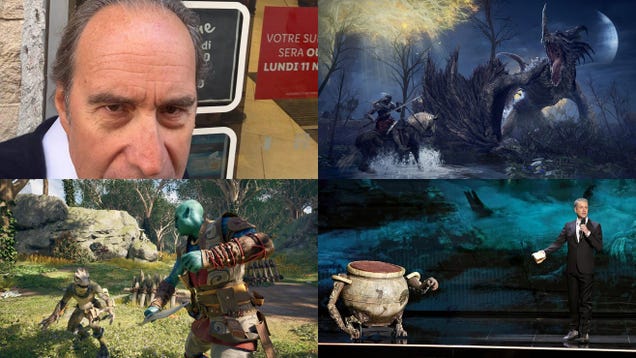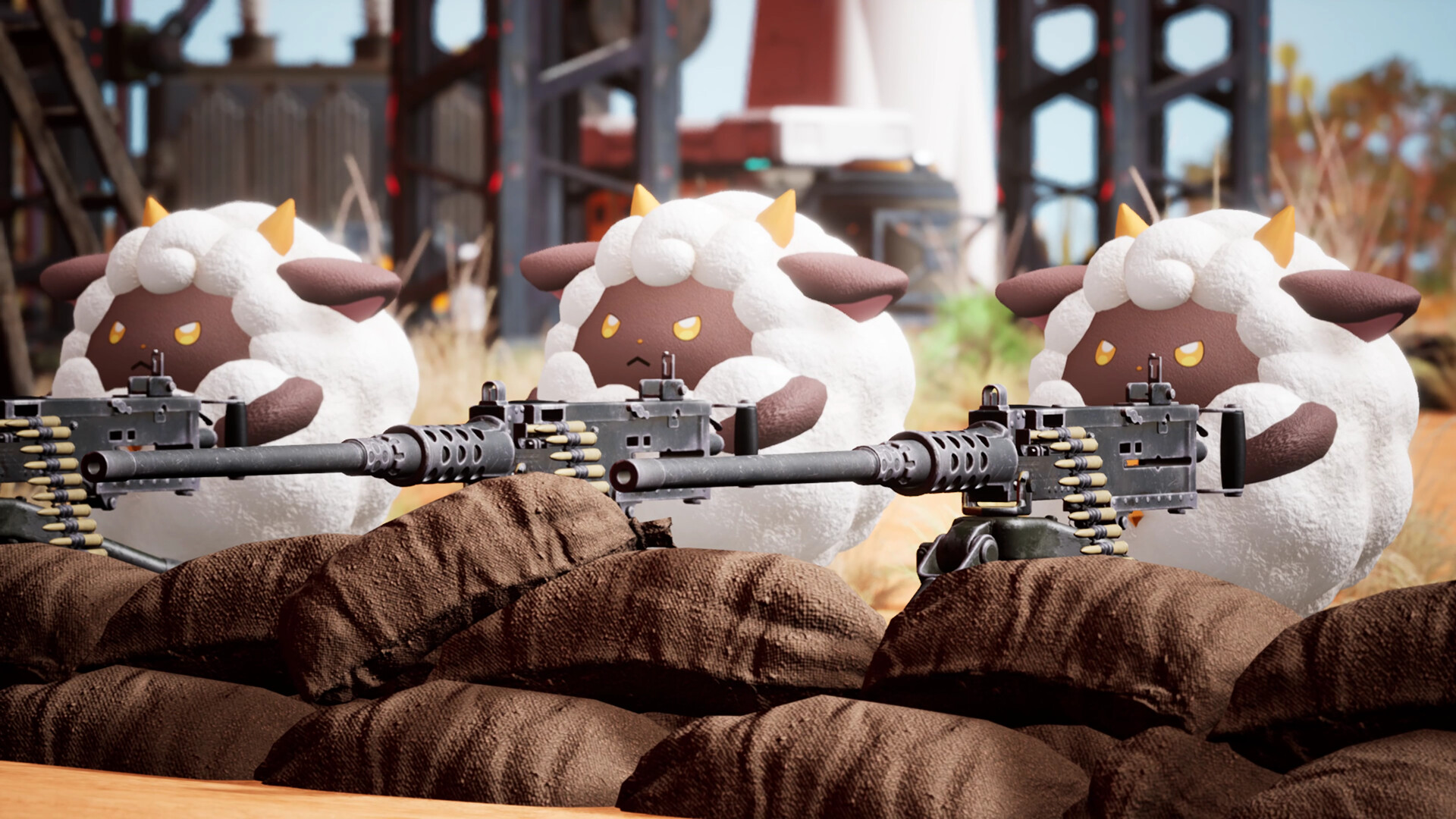
Palworld Dev Addresses ‘Dead Game’ Debate: ‘Who Cares if There’s Only Five People Playing?’
Our obsession with the concept of the “dead game” and player counts is unhealthy for the video game industry and gamers, one of the developers behind Palworld has said.
Palworld, dubbed “Pokémon with guns,” launched in early access form to record-breaking success. It is the second most-played game ever on Steam, with an incredible concurrent player count of 2,101,867 on Valve’s platform. Only battle royale PUBG is ahead of Palworld in Steam’s all-time peak concurrents chart.
Palworld’s Steam concurrents have fallen since that explosive launch earlier this year, and now usually hit a peak in the tens of thousands rather than millions. The decline has caused some to call Palworld a “dead game,” but it is far from the only game to be called that in recent years.
For example, Rocksteady’s catastrophic Suicide Squad: Kill the Justice League, whose Steam concurrents usually peak in the hundreds of players, was called a dead game upon its release. Arrowhead’s Helldivers 2, Ubisoft’s Skull & Bones, and Blizzard’s Overwatch 2 are also often called dead games. Sony’s live service hero shooter Concord has been labeled “dead on arrival” before launch because of low beta concurrents on Steam.
The “dead game” narrative is exacerbated by an industry currently pumping out more live service games than the market can perhaps support, or even wants, and by publishers who walk away from their live service games amid low player numbers. This month Capcom announced plans to move on from dinosaur-themed shooter Exoprimal just a year after launch, with Steam concurrents brutally low.
John “Bucky” Buckley, community chief at Palworld developer Pocketpair, has been a vocal critic of the “dead game” phrase, and in social media posts has called on the industry, media, and gamers to ditch the fixation on concurrents and player counts.
Bucky followed up on these posts in an interview with YouTube channel Going Indie for a video titled, ‘Dead Games Are A Good Thing, Actually.’ In it, Bucky called out publishers and developers who try to brute-force mechanics designed to keep players playing forever into games they’re not suited to, declaring it “unhealthy.”
“Just play the games you like,” Bucky said. “If you finish in a day, cool. Good job. I’m glad you enjoyed it. Play the next one.
“I don’t think it really serves anyone to push gamers to just play the same game day in, day out. There are games that you can play every single day for months on end and never burn out. League of Legends, Dota, most MMOs, but they’re designed to be like that.
“Whereas what we’re seeing now is a trend of… I won’t necessarily say who’s trying to push it, but a lot more people are trying to push gamers to play games that aren’t really designed to be played for months on end, for months on end.”
Who cares if there’s only five people playing it? Just enjoy yourself.
“I don’t think you need to be pushing yourself to play the same game all the time,” Bucky continued.
“It’s not healthy for us, it’s not healthy for developers, it’s not healthy for gamers, it’s not healthy for the gaming media. And it’s just not healthy for our industry, because the more we push this kind of narrative, the more very large companies are going to just say ‘gamers want more live service.’ And we’re just going to get more of these really soulless live service games that come out and then get shut down nine months later, 12 months later, because they’re not making enough money. And we all lose in that case.
“Play all the indIes you can. Spend as much money on indies as you can. Who cares if there’s only five people playing it? Just enjoy yourself. Just enjoy games. I don’t think it needs to be any more complex than that.”
But will the industry, the media, and gamers listen? The “dead game” narrative is in part fueled by the video game industry’s obsession with secrecy. Unlike Hollywood, which makes movie budgets and box office figures public, video game publishers tend not to announce video game sales and/or revenue unless they’re truly spectacular, with development budgets almost always kept a closely guarded secret. In truth, it’s almost impossible to determine whether a video game has met expectations, which is why vague publisher comments made by CEOs in investor-focused financial calls get so much attention.
This secrecy means gamers and the media have just one publicly available performance metric with which to gauge performance: Steam concurrents. Valve continues to make this stat available for the world to see, and so the world has developed a hyper-focus around it, in turn leading to an over-reliance.
In any case, there have been plenty of examples of live service video games that were prematurely consigned to the scrap heap. Ubisoft’s Rainbow Six Siege suffered a disastrous launch but went on to become one of the biggest live service games around. Hello Games’ No Man’s Sky is another redemption story, as is CD Projekt’s Cyberpunk 2077. And let’s not forget the humble origins of Fortnite, what began as a lackluster tower defense game but ended up perhaps the biggest live service of them all.
Wesley is the UK News Editor for IGN. Find him on Twitter at @wyp100. You can reach Wesley at [email protected] or confidentially at [email protected].







